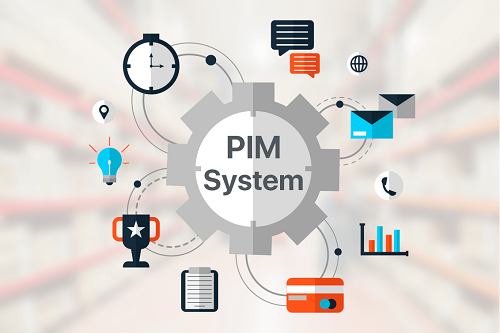Brands are rapidly transitioning from a single channel to omnichannel marketing strategies, they now strive to deliver personalized customer experiences by readily deploying relevant product information at every customer touchpoint. As brands determine these touchpoints and build marketing campaigns around them, the customer experience is not necessarily connected across these channels. This creates the need for a centralized product information management solution that streamlines product attribute information, unstructured descriptions, images, videos, how-to manuals, guides, and related information.
Let’s explore how a product information management (PIM) solution solidifies your marketing strategy.
Streamline digital and media assets
From images, videos, and documents to presentations and associated metadata, product assets need to be well-managed and transformed in the right format for faster access across channels. By leveraging a centralized product information system, businesses can define how their digital and media assets should be displayed and delivered across channels by scaling and formatting them into the correct file format or size while creating metadata explicitly tailored for each channel. This automates the publishing of assets for the business to the right channel, at the right time, and in the right format for future purposes without manually inputting the same.
Manage explosive growth in product content
With an ever-expanding product catalog, organizations need to implement a centralized data repository to source and market growing product content derived from multiple suppliers and sales channels such as SKUs, pricing, product description, assets, and more. Best PIM software helps organize, distribute, and update this data – both within the business and externally with distributors, marketplaces, retailers, and other channel partners. This includes the management of relatively new market entrants such as augmented or virtual reality-based content to provide enhanced and interactive product experiences.
Provide relevant data to downstream partners
By combining defined product content with precise distribution channels, a comprehensive management solution ensures the product data is accurate, complete, and presented in context for each channel. Data derived from siloed systems such as ERP or MDM is made ready to be syndicated to any sales channel while efficiently streamlining the distribution of relevant product information to downstream partners in the supply chain such as retailers and distributors.
Speed up seamless omnichannel publishing
Due to the proliferation of output channels, organizations find it challenging to tackle content across multiple customer touchpoints. Here, a PIM solution ensures effortless management of any digital information and assets across multiple platforms such as websites, microsites, or even print, TV, digital signage, and more. By creating a single repository of product data for multi-channel publishing, organizations can automate asset publishing in required formats to quickly meet the different data requirements, governance rules, and hierarchies across output channels.
Contextualize product information
Different markets require different versions of product information, including currency, metric values, or delivery details. PIM helps organizations create and maintain multiple versions of product information or assets. These can be contextualized based on the channel, market, brand, customer segment, or region. It provides media formats and product descriptions that are specific to a channel without duplicating existing product data within the PIM system.
Channel behavioral data and digital analytics
With a unified view system into product data, businesses can provide their marketing teams a 360-view of their products. By implementing analytic tools on transactional, interactional, and observational channels, PIM offers actionable insights into customer behavioral parameters such as usage, pricing, quantity, and other metrics set by the team during campaign execution.
Eliminate manual errors and improve operations
By implementing a single source of truth to manage product information, businesses can spend less time checking for errors manually or going back over collaterals or sales material to ensure accuracy and relevance. This, in turn, translates to a unified view of product assets across channels, wherein marketing teams can further free themselves from the time and cost constraints spent in managing multiple data sources.


